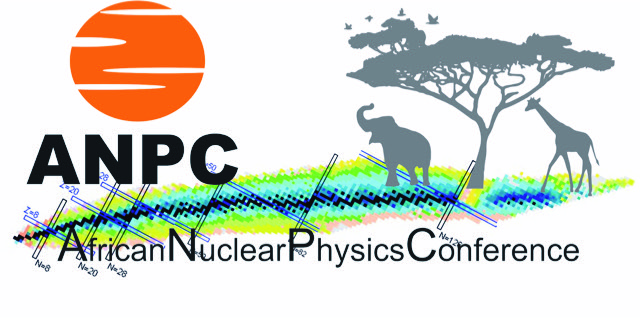Speaker
Description
The sextic oscillator V(r) = Ar^2 + Br^4 +Cr^6 + D/r^2 offers a flexible shape that can be used in the Bohr Hamiltonian to model transition between spherical and deformed shape phases in the r=beta variable. The general form of the sextic oscillator is not solvable, however, the A, B and C coefficients can be parametrized in terms of two independent parameters such that the problem reduces to a quasi-exactly (QES) form. This means that the lowest few energy eigenvalues and the wave functions can be determined in closed form, and the B(E2) values can also be calculated analytically [1,2].
The model has been applied to describe the transition between the spherical and gamma-unstable shape phases [1,2] for even-even nuclei near the Z=50 shell closure, and later it has been generalised to discuss further types of phase
transitions too (see e.g. [3]). Here we report on the extension of the model that allows the treatment of 22 energy levels instead of the original 10, while all the calculations remain analytically solvable [4]. Selected examples will be re-analysed within this extended framework.
[1] G. Lévai and J. M. Arias, Phys. Rev. C 69 (2004) 014304.
[2] G. Lévai and J. M. Arias, Phys. Rev. C 81 (2010) 044304.
[3] R. Budaca et al. Ann. Phys. 375 (2016) 65.
[4] G. Lévai et al., in preparation.

